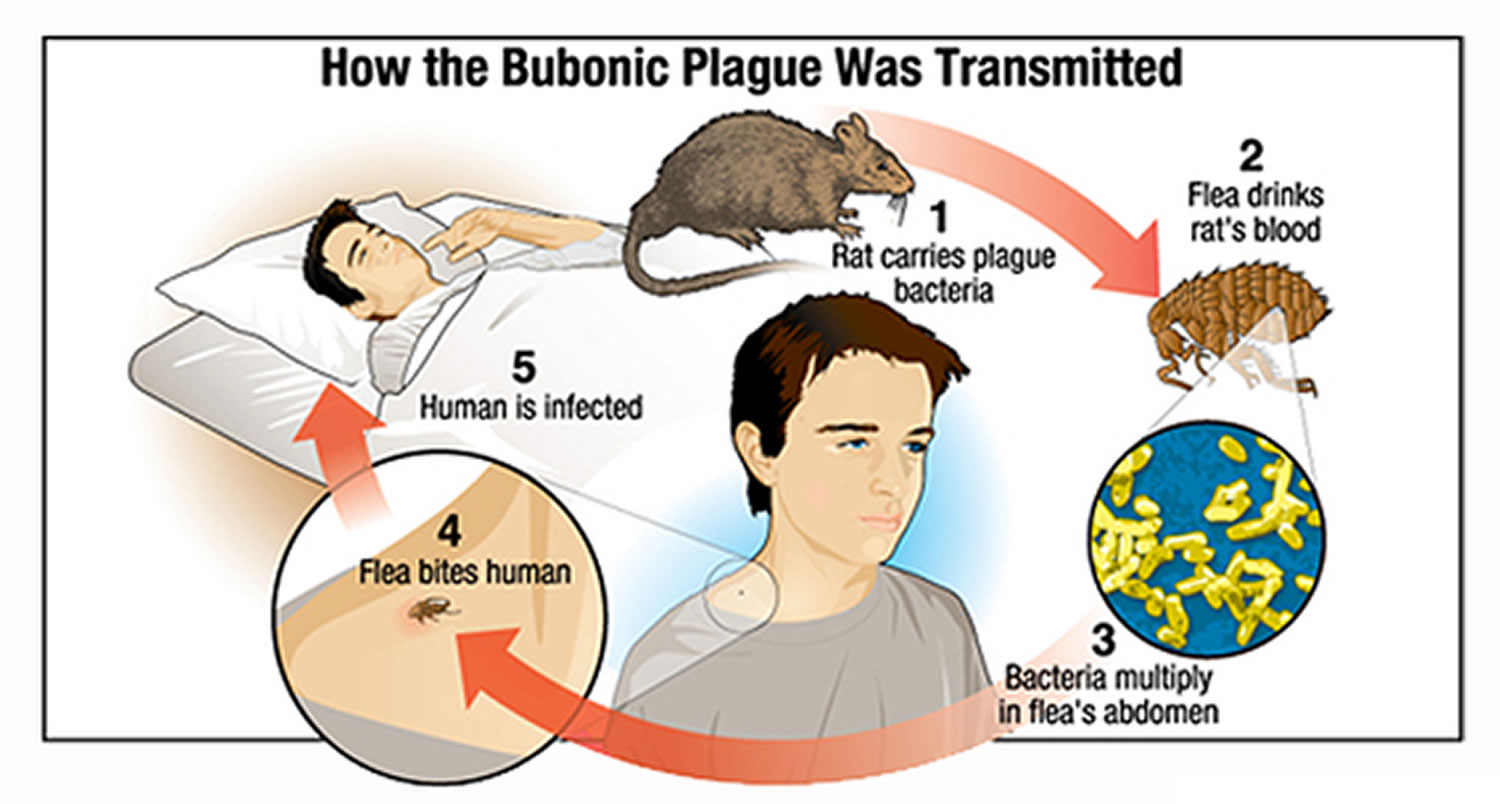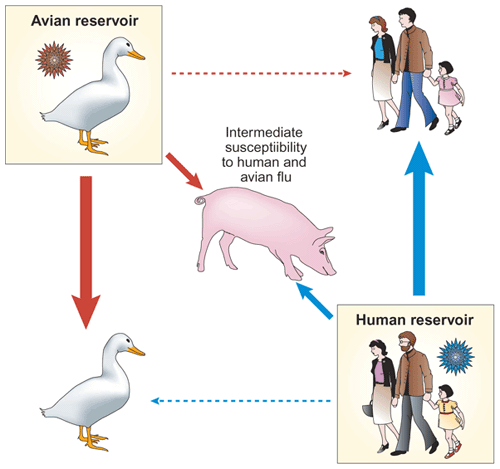In 2012 several reports of scientists warned already for a coming epidemic and several natural disasters, as flooding, earthquakes and volcanic eruptions.
The Oxford University’s Future of Humanity Institute and the Global Challenges Foundation warned already several years ago that the human race was gravely threatened by out-of-control science. Science has already begun to reveal alarming unintended consequences across our planet. The Fukushima Daiichi nuclear power facility, for example, still contains massive quantities of stored nuclear fuel rods — 85 times the radiation of the worst disaster in the history of nuclear power generation, 1986 Chernobyl catastrophe — and those rods are alarmingly vulnerable to an earthquake or repeat tsunami which could unleash another massive plume of radiation.
Bible students are not surprised at all, because the Book of books warns mankind of times to come and gives all the signals which mankind should come to recognise. Even when there may be several scientists who would deny global warming and the given signs from the Bible, believers in God do know God’s Plan shall be fulfilled.
Nuclear scientists had assured such disasters like Chrnobil or Fukushima could never happen, but look nowand be aware of the amount of kilometres “no go” zone it created for decades.. Just like the scientists said “GMOs are perfectly safe” or that Roundup herbicide or medical antibiotics will never cause any unintended negative side effects. (Widespread Roundup use has now resulted in the rise of superweeds, just as medical antibiotics use has resulted in the rise of deadly drug-resistant superbugs.) (http://naturalnews.com/033195_superweeds_far…)
We should be aware that humanity has already some years ago, reached a tipping point of developing technology so profound that it can destroy the human race; yet this rise of “science” has in no way been matched by a rise in consciousness or ethics. In the light of what happens today, citizens should be aware that there are scientific people who operate with total disregard for the future of life on Earth. Several scientists scoff at the idea of balancing scientific “progress” with caution, ethics or reasonable safeguards. Unbridled experiments like GMOs have unleashed self-replicating genetic pollution that now threatens the integrity of food crops around the world, potentially threatening the global food supply.
Mike Adams, the Health Ranger, compiled already in 2012 a list of global risks with impacts that, for all practical purposes, can be called infinite. In this S.O.S. infographic he stated
“Technology without wisdom is suicide.”
and remarked:
brilliant scientists have obtained remarkable technical mastery but operate as hopeless infants in the realm of philosophy, ethics and wisdom.
Here’s the list of apocalyptic threats documented by Oxford scientists. Items in bold are ones he documented and published many years ago:
1. Global pandemic
2. Supervolcano
3. Artificial Intelligence
4. Extreme climate change
5. Synthetic biology
6. Asteroid impact
7. Ecological collapse
8. Nanotechnology
9. Nuclear war
10. Government collapse
11. Global economic collapse
His own list of apocalyptic threats posed by runaway science, as shown in the infographic below, was published as follows:
1. Nuclear power
2. Genetic pollution (ecological collapse)
3. Nanotechnology
4. Bioweapons (unleashing a global pandemic)
5. Atmospheric experiments (causing extreme weather)
6. Artificial intelligence
7. Particle accelerator physics experiments gone awry
8. Pollinator disruption chemicals (food supply collapse)
9. Weaponized vaccines (has already come true with covert infertility chemicals)
10. Antibiotics (rise of deadly superbugs)
11. Water pollution with deadly chemicals
12. Nuclear weapons
As you can see, the Oxford scientists left out of their list the risk of runaway superbugs caused by antibiotics, the risk of a food supply collapse caused by the loss of pollinators. Their inclusion of “ecological collapse” was focused more on pollution in general rather than genetic pollution caused by the unintended consequences of genetic engineering.
Read more:
S.O.S. – Stop Out-of-Control Science
Oxford University scientists confirm Health Ranger apocalypse warnings three years later























































